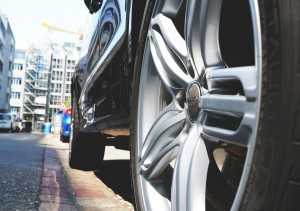 Are you wondering why your car does not accelerate as fast as you would like it? Changing the wheel size, reducing car weight and lowering center of gravity are factors that affect acceleration. However, inexperienced car owners often overlook the importance of the rolling resistance of the tires they choose.
Are you wondering why your car does not accelerate as fast as you would like it? Changing the wheel size, reducing car weight and lowering center of gravity are factors that affect acceleration. However, inexperienced car owners often overlook the importance of the rolling resistance of the tires they choose.
The friction between the tires and the road will determine its maximum acceleration and its minimum stopping distance. The nature of that friction may mean the difference between death or severe injury, or riding unharmed.
Braking and Coefficients of Friction of Tires
The coefficients of friction for dry roads are approximately 0.7 and 0.4 for its wet counterpart. If you were a racecar driver you would select slick, tires that have no tread. When driving on dry road, you might go as high as 0.9 as your coefficient of friction. However, driving such tires on a wet road may lead to a fatal accident because the coefficient may be as low as 0.1.
A driver must keep their wheels rolling while hitting the brakes because the bottom point of a tire is instantaneously at rest on the road. If there is a substantial difference between kinetic and static friction, a driver will acquire more braking force. For most people, they don’t have time to judge about how hard they step on the brakes while driving, it is often an automatic reaction.
Choosing Road-Specific Tires
AllStarTire cites that good tires on dry roads don’t have much difference when it comes to sliding and rolling friction. If you reduce the braking force, you get less braking power compared to if you locked them down.
Locking the brakes and letting the tires exert extra effort is not a bad decision on dry and good condition roads. However, once you lock the wheels on wet surfaces, it may lead to an accident or crash.
Certain types of tires exist for different kinds of roads, from rough to all terrain to city driving. Choose the appropriate one based on factors such as rolling resistance and others.